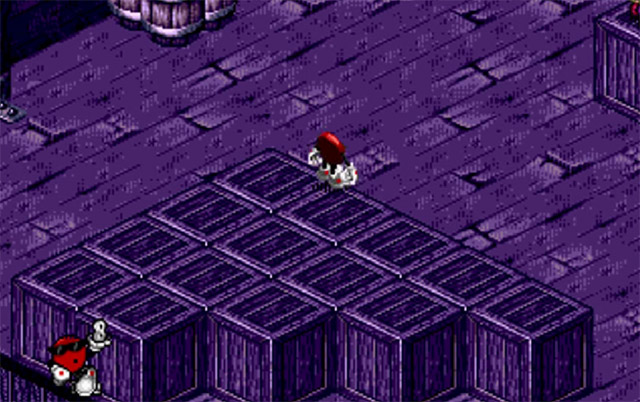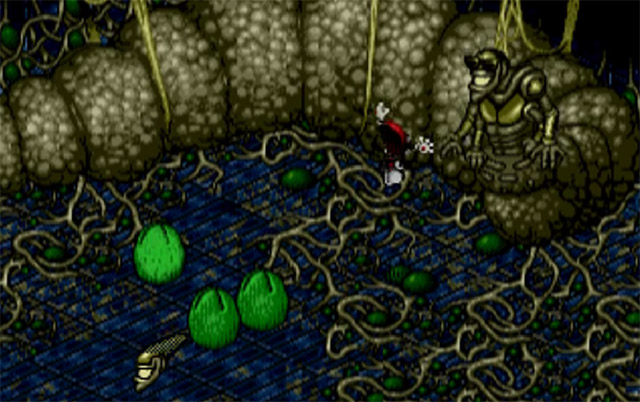Spot Goes to Hollywood Was a Dark, Bizarre Piece of Advertainment
Virgin Games was inexplicably successful with Cool Spot, a blatant advertisement for 7up in Genesis/Mega Drive cartridge form. The game was more than just competent, it was enjoyable and memorable, with great art and a phenomenal soundtrack (by game-tunes master Tommy Tallarico, no less).
As happens with a vast majority of successful games, Cool Spot spawned a sequel. You’d think Virgin would stick to the formula that worked so well with the first games, but they really, really didn’t. They outsourced the project to Eurocom, who decided upon a very strange direction for the series. The result was Spot Goes to Hollywood, a game that — more than it does anything else — simply confuses me.
The original Cool Spot was a 2D, side-scrolling platformer. Spot Goes to Hollywood abandoned that completely, opting for an isometric viewpoint.
Which might have been okay. I mean, ToeJam & Earl was an isometric game for the Genesis — and, like Cool Spot, it even featured sneakers-and-sunglasses-wearing protagonists — and the formula seemed to work pretty well for that series. Besides, isometric 3D environments lend themselves to an exploration-heavy style of gameplay, which can be really cool when it’s done properly.
Much weirder than the camera angle is that, instead of sticking with the happy-go-lucky vibe of the original game, Spot Goes to Hollywood gets pretty dark. The premise is that the so-cool-it-hurts Spot gets trapped inside a movie projector and finds himself bouncing between various environments from popular films. In his movie-hopping adventures, he encounters the hellish under-region of an ancient temple, explores a pirate ship, and ends up in a freaking post-apocalyptic world. Eventually, he even faces a bizarrely twisted boss heavily inspired by Aliens (who also happens to be wearing sunglasses).
The original Cool Spot game had these timed bonus levels that took place inside a perspiring bottle of 7up. It was hard to get through one of those without craving a cold sip of that sweet, carbonated beverage. Spot Goes to Hollywood, however, had ghosts and fire and dead things everywhere, with nary a drop of 7up anywhere (unless you count Spot’s soda-suds projectiles, I guess). It’s like the folks at Eurocom had completely forgotten that this was supposed to be advertainment for 7up and seized the opportunity to make a grimdark fantasy world where they could shamelessly reference all of their favorite films.
Ultimately, Spot Goes to Hollywood was a far less memorable game than its predecessor was, which should probably surprise no one. The strange thing, however, is that this wasn’t on account of the game’s blatant attempts at advertisement. In fact, the game seems to work extra hard to not bring up the delicious beverage it’s supposed to be shilling. I’m tempted to argue that the game’s biggest flaw is that it’s simply based on a painfully cliched premise (it’s almost the exact same premise as Gex), and that leaves it feeling uninspired from start to finish.
And, I hate to say it, but a majority of this game was far too dark for sunglasses.


